The Foundation of Plot
by Elena Hartwell
August 1-31, 2022 Book Tour
Synopsis:
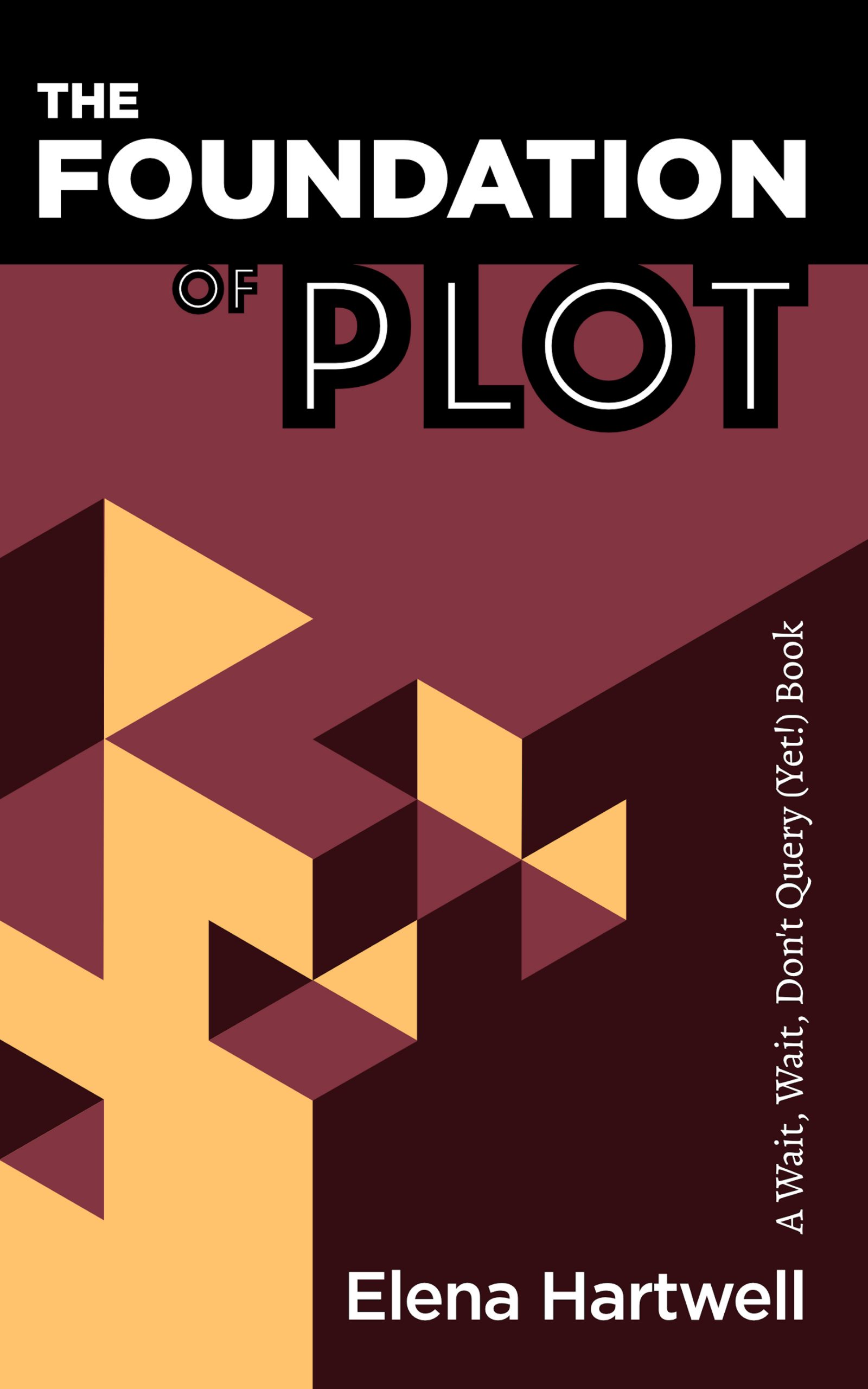
Structure underlies every story, but without a strong foundation, even well-written sentences can fail to result in a marketable manuscript. The Foundation of Plot defines the components of a story arc, details the differences between plot and story, and covers common errors writers make. It also includes exercises which apply concepts to works in progress or new projects. Drawing on the author’s decades of storytelling and teaching experience, this short guide provides the framework for fiction, narrative nonfiction, and memoir, walking writers through a first draft, the repair of a failed manuscript, or any draft in between. For experienced authors and first-time writers alike, applying the concepts outlined in this manual can help launch a submission from the slush pile to the bookstore shelf.
Book Reviews
As I read through Elena Hartwell’s book, The Foundation of Plot, I decided I wanted to do something a little different with this review. I mean obviously it was interesting, relevant, and fun… I mean, Elena wrote it, right? But is it helpful?
So I decided to reach out to some aspiring writers I know to see how they found it helpful. In our conversations they both had the same take-way “as I read The Foundation of Plot, my book practically wrote itself” and I couldn’t think of higher praise. Here are some more of their thoughts:
“The Foundation of Plot is great for new and/or struggling authors. So long as you have a general idea of what you want to write and follow the exercises you should come out with at least an outline for your work as well as a few ideas for character, possible plot line, and scenes.
This book will teach you the basic structure of writing, how to help deal with writer’s block, show you when you aren’t actually suffering from writer’s block, and when to cut content as well as when to do so. I hope this book helps you all as much as it has helped me.”
Christian Hott, aspiring author
“I applied the ideas and exercises in The Foundation of Plot to a novel I’m working on, and although I’m still not finished with the first draft, it helped me to identify and deal with a lot of issues, and ultimately, I’m much more confident that I’ll be able to make my goal of finishing now.
I believe this book is catered toward people like myself—someone who isn’t completely new to writing, but who is still on their way to being successful. Thank you for creating something like this to help novice writers. I pray that it will find its way into the hearts and minds of many writers and allow us to form plots with stronger foundations.”
Patrick Anderson, editor and author
Book Details
Genre: Nonfiction
Published by: Elena Hartwell
Publication Date: July 19, 2022
Number of Pages: 97
ISBN: 9798986020600
Purchase Links: Amazon | Barnes & Noble | Goodreads | IndieBound
Read an excerpt:
Section of Chapter One: The Foundation of Plot
Raw doesn’t mean terrible. It’s just not ready for prime time.
Foundation—story structure—underlies everything that writers produce. No matter how avant-garde a literary work might appear on the surface, dig deep enough and a skeleton lies underneath.
Solidifying that underlying foundation can come at any point during the writing process. It could be in an outline before writing a single sentence, much as a carpenter uses a blueprint to build a house. Or it could be during a rough draft, determining the foundation through trial and error with character and action, like a dancer experimenting with choreography while the music plays.
What’s important is that the process suits the writer for each individual project. For one project, a writer might benefit from building an outline first, while another project might evolve better with an organic method, discovering the foundation during a first draft.
There’s no right or wrong about writing from an outline or relying on an organic process—only that the writer finishes that often stubborn first draft. Some writers mix and match, starting by writing organically, then creating an outline partway through, or changing the original outline completely as scenes begin to unfold. Or writers might create a simple outline, then figure out the bulk of the project while building the scenes on the page.
It’s never too late to make repairs. Even after multiple drafts, a writer can still improve a manuscript’s foundation.
Regardless of when the writer pays attention to foundation, the manuscript will continue to evolve through each rewrite. From the first inklings of an idea to the final, polished manuscript, writers—whether they know it or not—shape and reshape the foundation of their work.
One concept that will be useful before going deeper into foundation is the difference between story and plot. Once that concept is clear, it may be easier to identify what does or doesn’t work in a current project.
Story Versus Plot
As used in this guide, story is all-encompassing. It includes what happens before a book starts, everything in all the scenes, and everything that occurs off the page. It even includes what happens after the manuscript is finished, when the reader’s imagination runs wild after “the end.”
Plot, on the other hand, is made up solely of the events on the page.
One error writers make in their early—and sometimes even late—drafts is to include parts of the story that aren’t necessary for the plot or leave out scenes a reader most needs on the page. This comes back to foundation. Those errors would be like using either too many joists to hold up a floor—making it heavy, cumbersome, and expensive—or not enough joists—causing the floor to fail the first time it bears weight.
In both of those instances, the writer has confused story and plot.
Falling in love with our own words, our characters, and the scenes that play out in our heads are constant dangers for writers. We want to include everything we research and invent. Sometimes this causes us to start too early in the lives of the characters and include scenes that are potentially beautifully written and explore behavior, motivation, and backstory but don’t move the plot forward. We love our characters and believe a reader will be just as curious as we are about every aspect of their lives.
Readers, for the most part, want to follow a series of connected events leading to a satisfying conclusion. They don’t want to read a series of unconnected events that send them in circles or down alleys that ultimately lead nowhere.
That is not the same as sending a reader down a wrong path for dramatic effect, as in a mystery where the detective follows the wrong lead. That experience can add to the plot, as a wrong lead can increase suspense. But it can be a problem if a detective goes down a wrong path and learns nothing from it.
Readers want each road the writer takes them down to add to the overall story—even when that road teaches the protagonist what they don’t want or what won’t solve the problem at hand.
A detective determining who isn’t the culprit can be just as important—and satisfying in its own way—as when the detective catches the killer.
Readers may not be able to put this concept into words, but we’ve all heard comments like, “it took several chapters before I got into it” or “the writing was fine, but nothing happened at the beginning” or “I lost interest halfway through.” Those are instances when a writer likely included material the reader didn’t need—no matter how good the quality of the writing.
Don’t confuse well-written sentences with a well-written book. High quality paints and canvases and excellent brushstrokes can still turn out an unsuccessful painting. A solid manuscript is more than just well-written sentences, beautifully crafted paragraphs, or even interesting chapters. A solid manuscript has a clear story arc, with each scene in each chapter adding to the whole and building a solid foundation.
—
Excerpt from The Foundation of Plot by Elena Hartwell. Copyright © 2022 by Elena Hartwell. Reproduced with permission from Elena Hartwell. All rights reserved.
Author Bio:

Elena Hartwell has spent years supporting writers and constructing stories. Her award-winning and bestselling works include the Eddie Shoes mysteries and All We Buried (written under Elena Taylor). Her plays have been seen around the US and UK, garnering critical acclaim and stellar reviews. As a developmental editor she has worked with hundreds of writers, most recently as senior editor and director of programming for the boutique editing house, Allegory Editing. She regularly teaches writing workshops and enjoys helping others achieve their writing dreams.
Find Elena Hartwell Online:
www.ElenaHartwell.com
Writing Blog: The Mystery of Writing
As Elena Taylor: ElenaTaylorAuthor.com
Goodreads
BookBub – @elenahartwell
Instagram – @elenataylorauthor
Twitter – @Elena_TaylorAut
Facebook – @ElenaTaylorAuthor
Tour Host Participants:
Visit these other great hosts on this tour for more great reviews, interviews, guest posts, and giveaways!
Giveaway:
This is a giveaway hosted by Providence Book Promotions for Elena Hartwell. See the widget for entry terms and conditions. Void where prohibited.
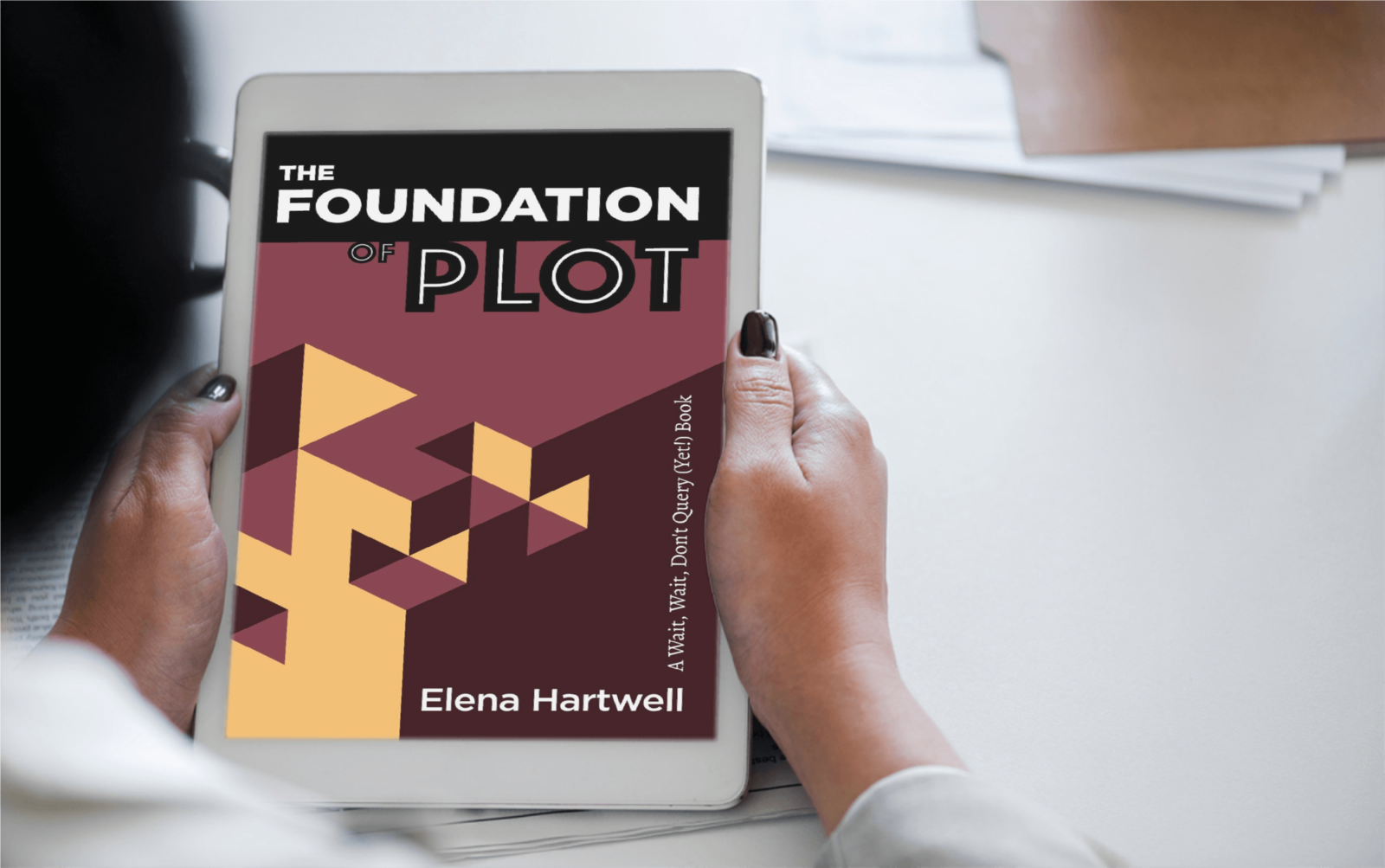
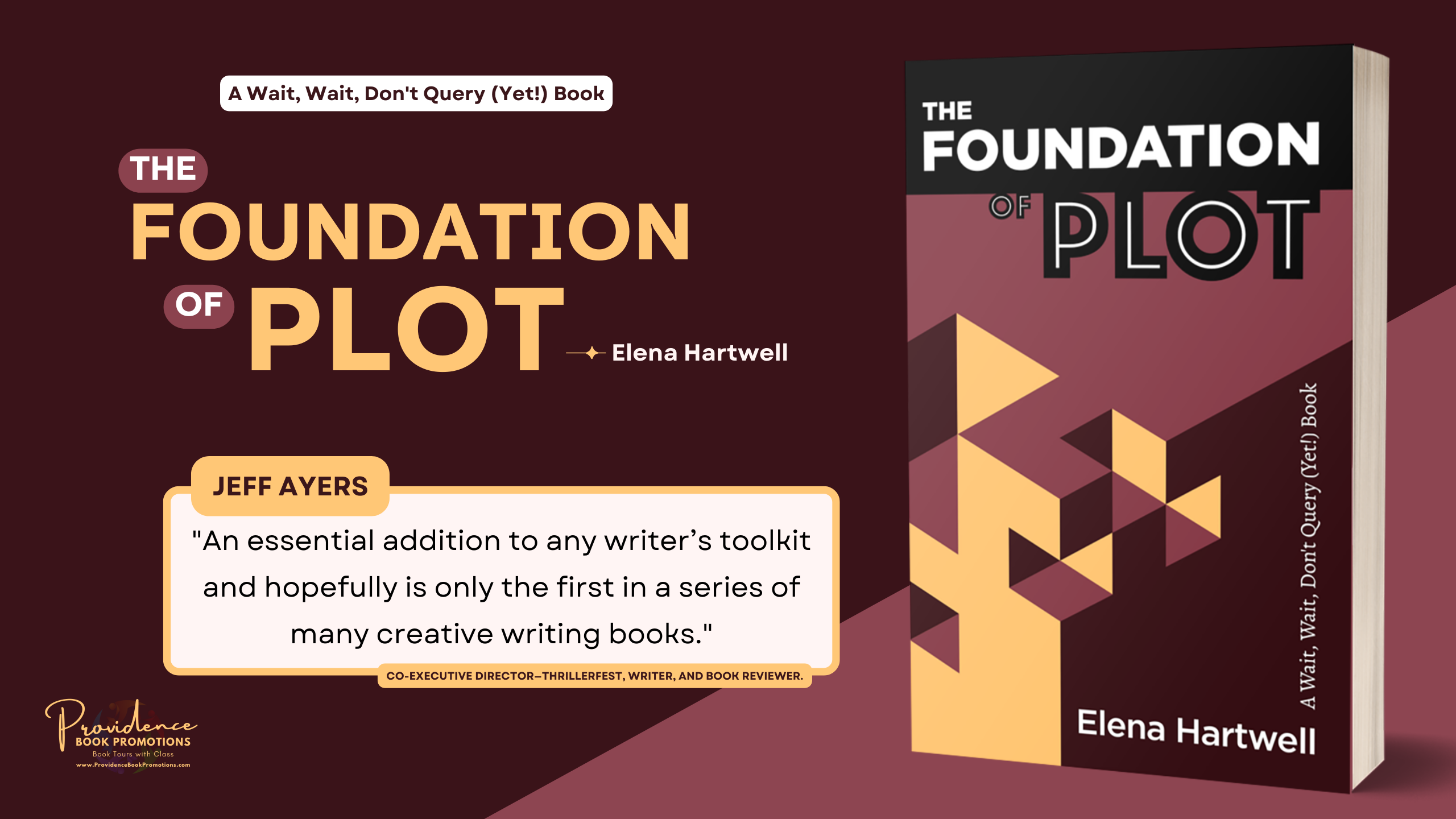
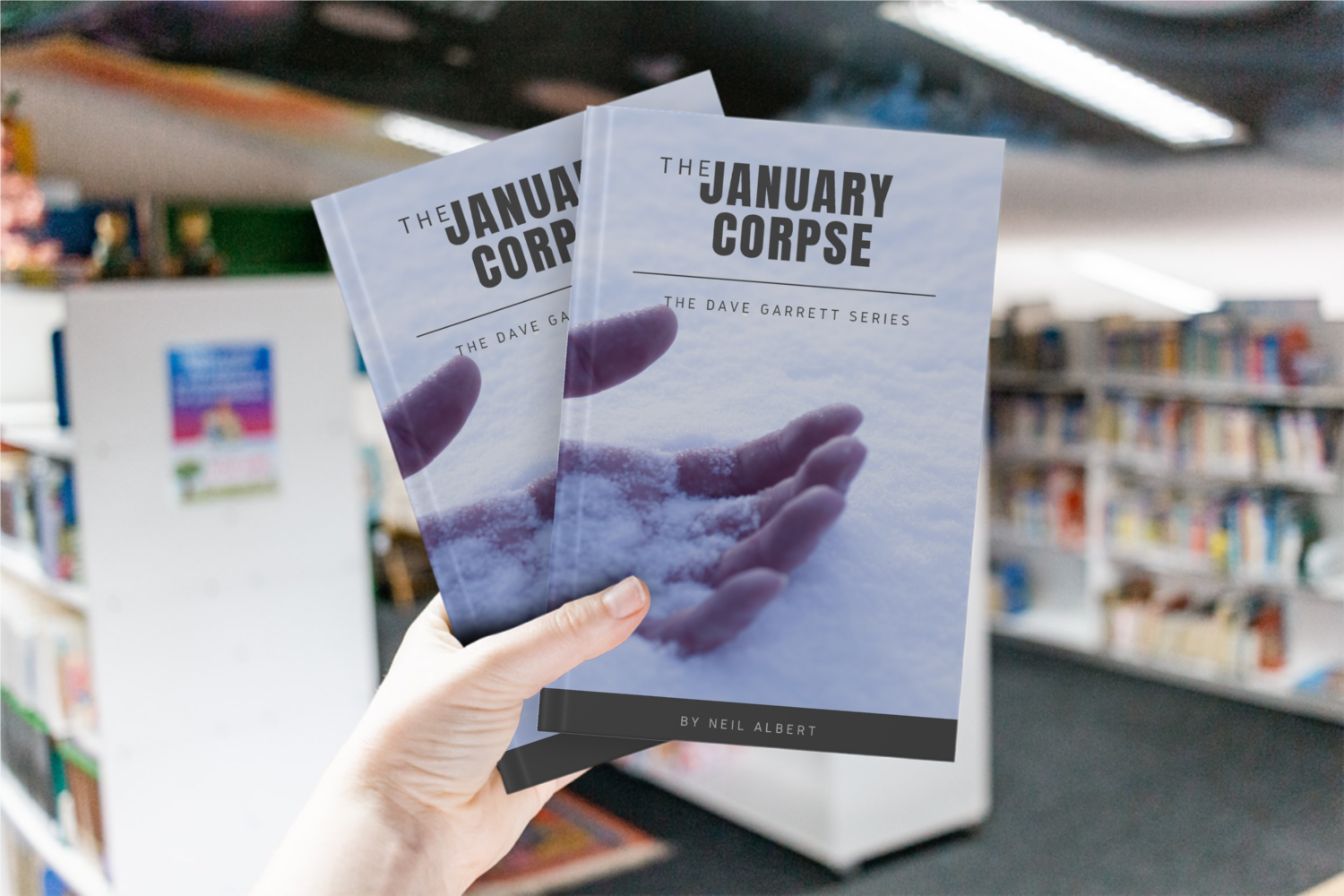

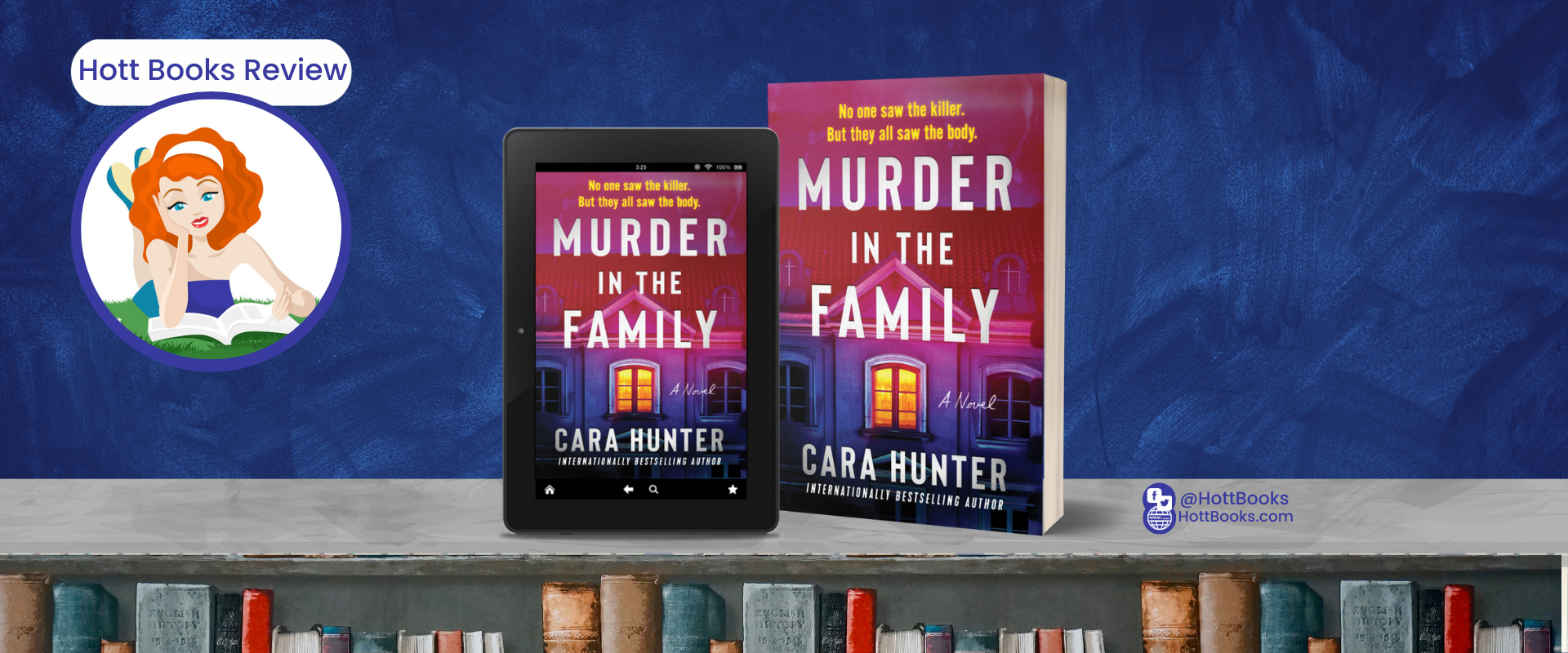


Nice review! This sounds like a great resource.
I love this review! Brilliant idea, Gina, and a huge thank you two both the writers who commented. I’m so glad my book was helpful.
Thanks so much! We really enjoyed this. Hope to include more reviews like this in the future.
THANK YOU for writing something so helpful <3!